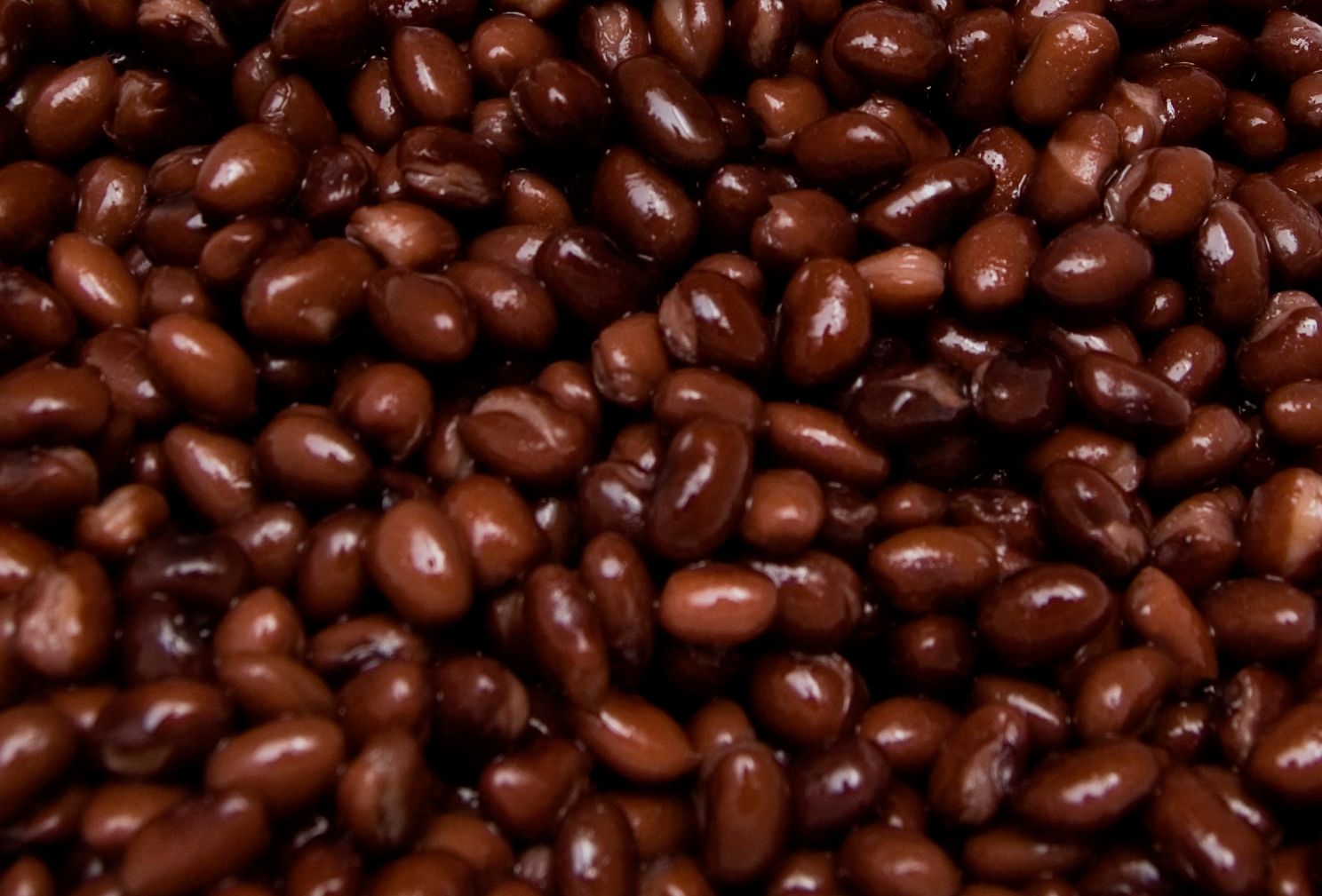
The Down and Dirty on Ankle Rashes: Causes, Symptoms, and Treatments
- Jun 28, 2024
You've woken up with an unfamiliar itchiness adorning your ankles. Maybe it's a rash – defined by those pesky, pinkish or red raised bumps. Or perhaps it’s stealthier, blending with your skin tone. Regardless, it warrants your attention. Though such rashes are usually benign, they can also be harbingers of underlying conditions like autoimmune diseases or diabetes. So, pull up your socks (or maybe not, that could be the problem) and let’s delve into the world of ankle rashes-what causes them, their various symptoms, and the right way to battle them.
Ankle rashes could be solo artists or part of a band, rocking out on other body parts too. They could be triggered by an array of factors, from an allergic response to contact dermatitis, catching a disco fever from the sun, or even the backlash of certain medications in cancer treatment. You didn’t think your favorite pair of socks could be the villain of the piece? Allergic contact dermatitis doesn’t need much to show up, even a seemingly harmless material in your footwear could do the trick.
And there are more culprits. Fungal and parasitic infections could pitch their tents on your ankles, causing clinical chaos. Even hives could usurp your lower limbs, if triggers like heat, stress or certain medications incite them. If you suffer from diabetes, the susceptibility to rashes and skin conditions significantly goes up. Furthermore, chronic liver diseases can cause a skin rash leading to itchiness, and autoimmune conditions like psoriasis result in inflamed skin plaques and scales adorning various parts of your skin including your ankles. And then there’s eczema-an inflammatory skin condition that can be instigated by stress, allergies, or irritants.
Your ankle rash, as with a fickle artist, can manifest itself in various ways. Some could introduce themselves instantaneously, some take their sweet time, lingering for days and being even more long-lasting. And, depending on the cause, rashes can present a range of symptoms such as irritated skin, swelling, redness, and itching.
Spotting the signs early and seeking medical help is paramount if you encounter severe symptoms or your rash takes a more serious turn. These could include trouble breathing, nausea, facial swelling, or extreme discomfort. And, of course, always remember the golden rule of rash management: greed is good. Greed for knowledge, that is. Knowing the cause of your rash helps you navigate the path to cure. Diagnosis could involve anything from a simple physical examination to more comprehensive investigations.
Armed with a diagnosis, you can now wage war on your ankle rash. Over-the-counter treatments could be useful, and if those don't work, prescription treatments are available. And as the Romans said, ‘Mens sana in corpore sano’ (A healthy mind in a healthy body), lifestyle modifications could be crucial; managing stress levels, maintaining an optimized diet, or wearing loose clothing can all contribute to reducing your rash risk.
In the grand scheme of things, an ankle rash is a minor distraction. But like that friend who overstays their welcome, it could be a manifestation of a deeper issue. Always consult your healthcare provider if you see persistent symptoms. Just remember, in the epic battle against the ankle rash, you are the hero who can conquer it all.






